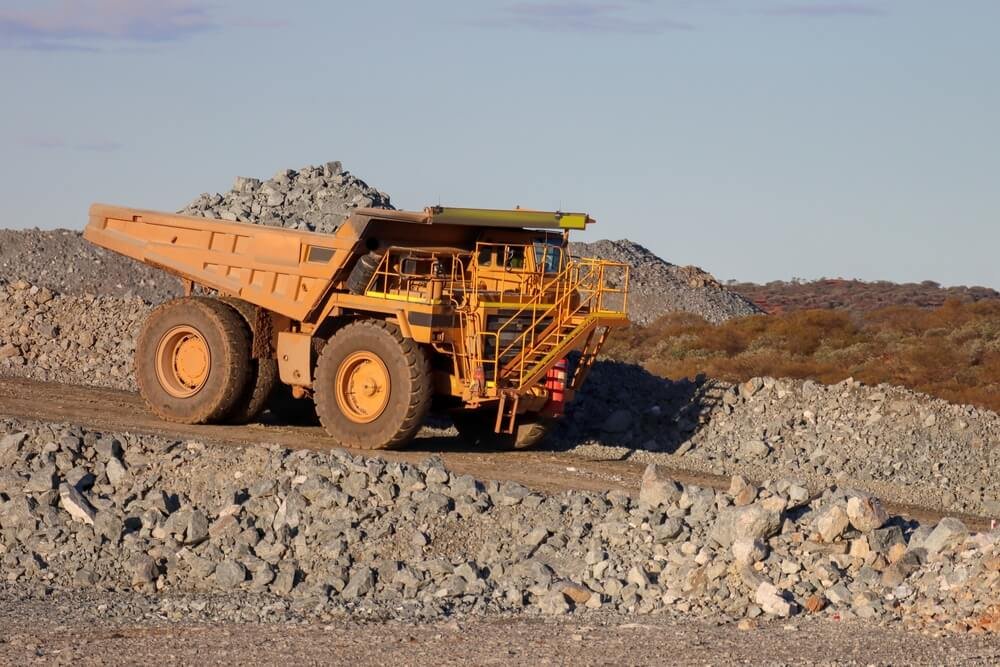Russia’s Rare Earth Metal Consumption Expected to Double by 2030

The consumption of rare earth metals (REMs) in Russia is projected to double by 2030, reaching 3,000 tons, according to Igor Kalabsky, Head of the Rare and Rare Earth Metals, Precious Metals, and Stones Department at the Ministry of Industry and Trade of the Russian Federation. Kalabsky announced this forecast during Technoprom-2024.
Despite Russia's significant reserves of rare earth metals, domestic production remains underdeveloped, with nearly all of the country's demand currently met through imports. This reliance on imports is partly due to historically low domestic demand. However, the Ministry of Industry and Trade anticipates a gradual increase in the consumption of these critical materials over the coming years.
In 2023, Russia's consumption of rare earth metals stood at 1,420 tons. This figure is expected to rise to 1,500 tons in 2024, 1,700 tons in 2025, and 2,500 tons by 2027. By 2030, consumption is forecasted to reach 3,000 tons.
The primary consumers of rare earth metals in Russia include the oil and gas refining industry, which used 830 tons in 2023, comprising elements such as lanthanum, cerium, and yttrium. Other significant consumers are the renewable energy sector (200 tons, including samarium and neodymium), and the glass and optics industries (100 tons, including lanthanum, cerium, ytterbium, and yttrium).
Rosatom, which is actively involved in rare and rare-earth metals projects, has indicated that Russia's dependence on imports could decrease to 50% by 2025, with domestic production potentially reaching 2,700 tons. By 2030, the country is expected to achieve full self-sufficiency in REM production, aiming to produce 7,500 tons annually.





